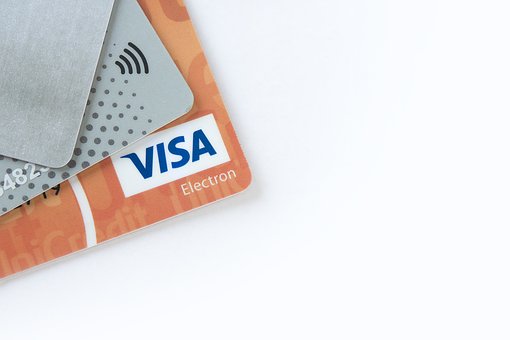Hello Tony, please tell me what you do, what EPA is?
The EPA is Emerging Payment Association, we’re a trade association, and we manage the biggest community of progressive companies in the payments industry. We define the payments industry as any organisation involved with helping people move money, … between people to people, or business to business. We estimate there to be around 3000 such companies globally, directly involved in facilitating the movement of money, and connected to them in some way is basically every other business in the world. Typically they are very entrepreneurial, very sophisticated, these types of payments companies.
Three main drivers of expansion:
To quote Tim Cook, Apple CEO, the key factors in financial technology markets that make it such an exciting place to do business are: changing tech, changing consumer preferences, and regulation. Let’s look at these three components in more detail, the three drivers of the market:
Changing technology
Technology is changing so quickly, and in so many ways. There are wearables, blockchains, smart and mobile everything, AI, cashless payment systems of every kind, and many more in the pipeline. From a payment company’s perspective, all these technologies, be they backend or consumer facing, are there to make payments cheaper, quicker, and more value adding. For some the vision is to make payments ‘invisible.’ Especially in the infrastructure companies, everything they do should be automated, seamless, integrated.
Invisible unless it goes wrong. It is slightly different for consumer facing fintechs. For example, Amazon Go, the retail outlet with integrated paying. You walk out of the shop without actually going through an action that could be described as ‘paying’ for the goods. The payment still happens, but it happens without the consumer doing anything. There’s also systems where shoppers can just ‘pay’ with a thumb print, or eye scan, or other biometrics.
From a retailer’s perspective, this clearly removes many frictions, cash holding, staff, banking the day’s takings, stock ordering, accountancy. It makes a totally end-to-end integrated system possible whereby the consumers themselves are the drivers of the entire process. From a consumer’s perspective, this makes for a quicker, easier, shopping experience. However, and it is a big however, the second of the drivers of the market, consumer preference, may or may not want this. At least yet.
Changing Consumer Preferences
Is there a good fit between what the consumers want, what the technology can deliver, and what the businesses implementing it want to achieve? Consumers actually want some ‘frictions’ in some instances. Especially when these frictions have another name: ‘human interaction’.
The process of shopping isn’t just about the acquisition of nutrients and essential personal hygiene products. It’s cultural, it’s as ancient as hunter gathering, it’s an opportunity to speak with the nice man on the fish counter, the kind lady on the bakery section, the school leaver on the till. What a fintech CTO calls ‘frictions’ could, for some people, be called ‘chatting’, ‘community’, or ‘social interaction’.
There’s something de-humanising about only using technology, with supermarkets that only have digital checkouts. It doesn’t make for a nice shopping experience, the consumer feels like they are part of a system, rather than a customer. Understanding consumer preferences in this way is key. Many technologies are available, but not implemented, for the simple reason people didn’t want them.
Google Glass was a consumer preference issue, not a tech issue. Combining payments into mobile phones is another one, like Apple Pay. It might be a good idea on paper, but in practice most just don’t feel comfortable with it. People make decisions based on feelings, and tech doesn’t have feelings, at least not yet. Finally the third part of the trinity.
Changing regulation
You may think regulation slows down a market, and in some instances it does, if the regulation is badly considered or lacks clarity or is too localised. On the other hand, regulation also helps form it, shape it, give it structure and credibility, and enables trust in the market. These factors provide confidence to investors, and that’s what drives the market expansion. Regulation provides stability. It can also provide opportunity, in the case of PSD2 for example.
So to summarise,
• Technology provides the creativity of products and services.
• Consumer preferences provide the direction of technological implementation.
• Regulation provides the stability of environment for high growth.
And rapid and synchronised changes in these three aspects are what makes fintech payments, and our entire sector, a jolly exciting space.
Tony Craddock, Director General, Emerging Payments Association www.emergingpayments.org
Originally printed in the 15th edition of The FintechTimes




